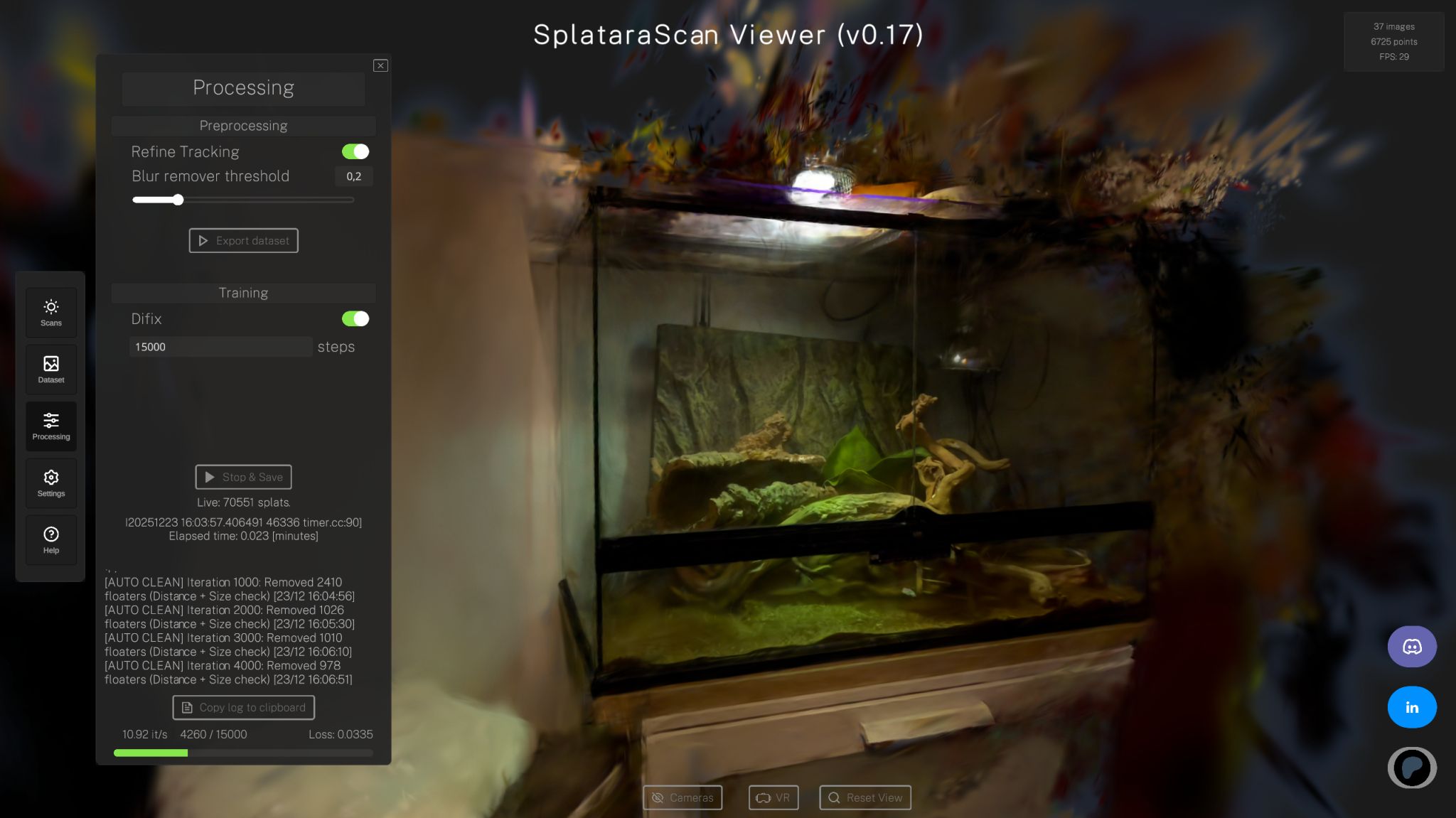

Michael Rubloff
May 13, 2025
One of the core strengths of Gaussian Splatting is how fast it is, rendering at well above real time rates. Coupled with the hallmark view dependent effects of radiance fields, 3DGS has been making a huge impact for industry adoption. That said, there are still open areas to be improved, such as capturing sharp geometry, rendering detailed textures, and modeling complex lighting, especially specular highlights. These challenges arise from its reliance on smooth Gaussian kernels and the use of low-order spherical harmonics for color. Despite some of these have made a lot of progress being solved, also comes with some consideration.
Here is the newest radiance field representation, Deformable Beta Splatting. To be blunt, while this method does have the word splatting in it, this is not gaussian splatting.
Instead of building everything on the same fixed-function Gaussian primitives, this new technique replaces them with Beta Kernels. These kernels can adapt their shape over time, morphing into flatter or sharper distributions depending on the scene. Better edges, cleaner textures, and finer geometric control all while using less memory and faster rendering due to the spherical betas.
Gaussian splats have long tails, meaning their influence extends far beyond where it’s useful. Beta Kernels, in contrast, are naturally bounded. They're shaped using a learnable parameter that controls how “pointy” or “flat” the splat is. When the parameter is zero, it behaves almost identically to a Gaussian, but during training, each primitive can learn to deform as needed to best represent the underlying scene.
This flexibility unlocks the ability to model flat walls, crisp object boundaries, and small details that Gaussians tend to blur out. And since the shape control is done via a single parameter, it adds very little computational overhead.
Most current splatting systems (including the original 3DGS) use low degree spherical harmonics (SH) to encode view dependent color, but their drawbacks are well documented. Deformable Beta Splatting introduces a new approach called Spherical Beta. Inspired by the Phong reflection model, this representation directly models bounded specular lobes without requiring explicit normals or lighting direction. Governed by the same learnable Beta functions, Spherical Beta lobes are able to flexibly control their reflective directions and specularities.
Because Spherical Beta decouples diffuse and specular components and uses bounded support, it avoids some of truncation artifacts seen in Spherical Gaussians. You can think of it as a more interpretable, compact, and adaptable way to handle lighting.
One of the big advancements for 3DGS last year was the release of MCMC for densification and primitive placement. But these techniques were tuned specifically for Gaussian kernels. To support the deformable Beta Kernel, the researchers behind DBS had to rethink how to manage densification in a way that doesn’t rely on Gaussian-specific math. They arrived at a surprisingly general result where you don’t need to adjust the kernel shape at all. you just need to regularize and adjust opacity. That’s enough to maintain a stable, probability-preserving optimization process, regardless of kernel type.
This insight unlocks a kernel-agnostic version of MCMC that works out of the box with Beta Kernels and future arbitrary kernels. The noise term used during optimization is even shaped by the Beta distribution itself, maintaining consistency and keeping training smooth and efficient.
All together (Beta Kernel + Spherical Beta + Kernel-agnostic MCMC) makes the following achievements: DBS trains & renders faster and requires fewer parameters. It uses less than half the memory of 3DGS-MCMC while rendering 1.5x faster and producing better visual quality.
Built on top of the 3DGS-MCMC and gsplat frameworks and implemented efficiently in CUDA, DBS can run on modern GPUs without any special hardware requirements. The code is available now with an Apache 2.0 license, and interactive demos are live on the project site.







